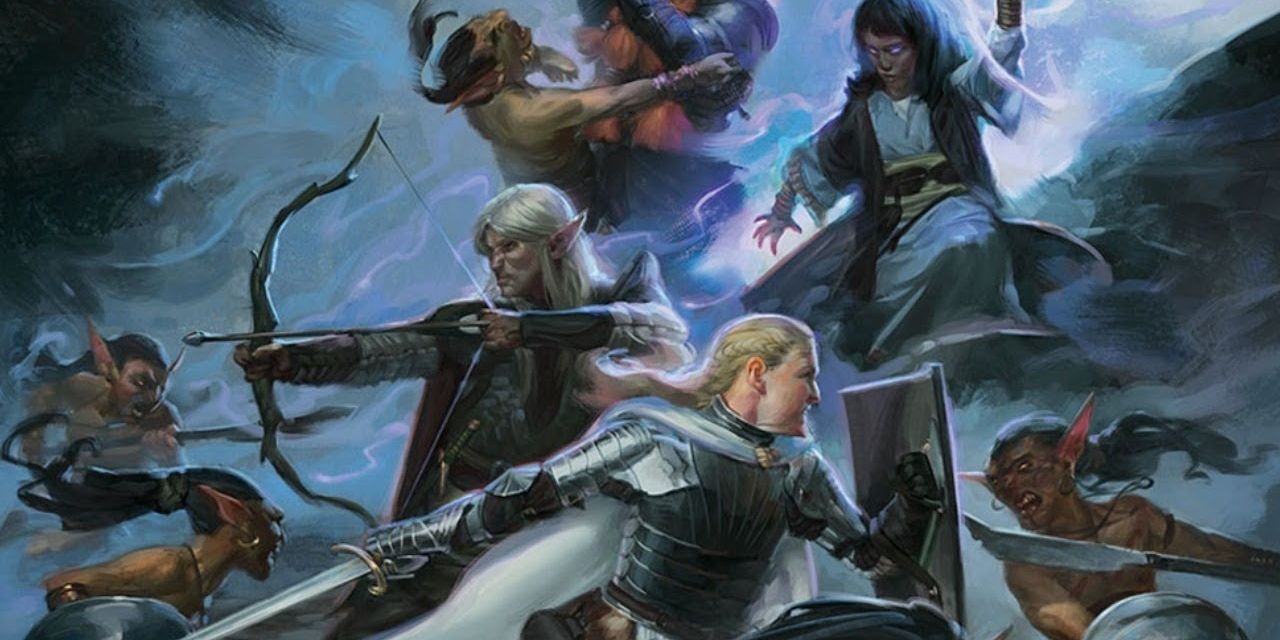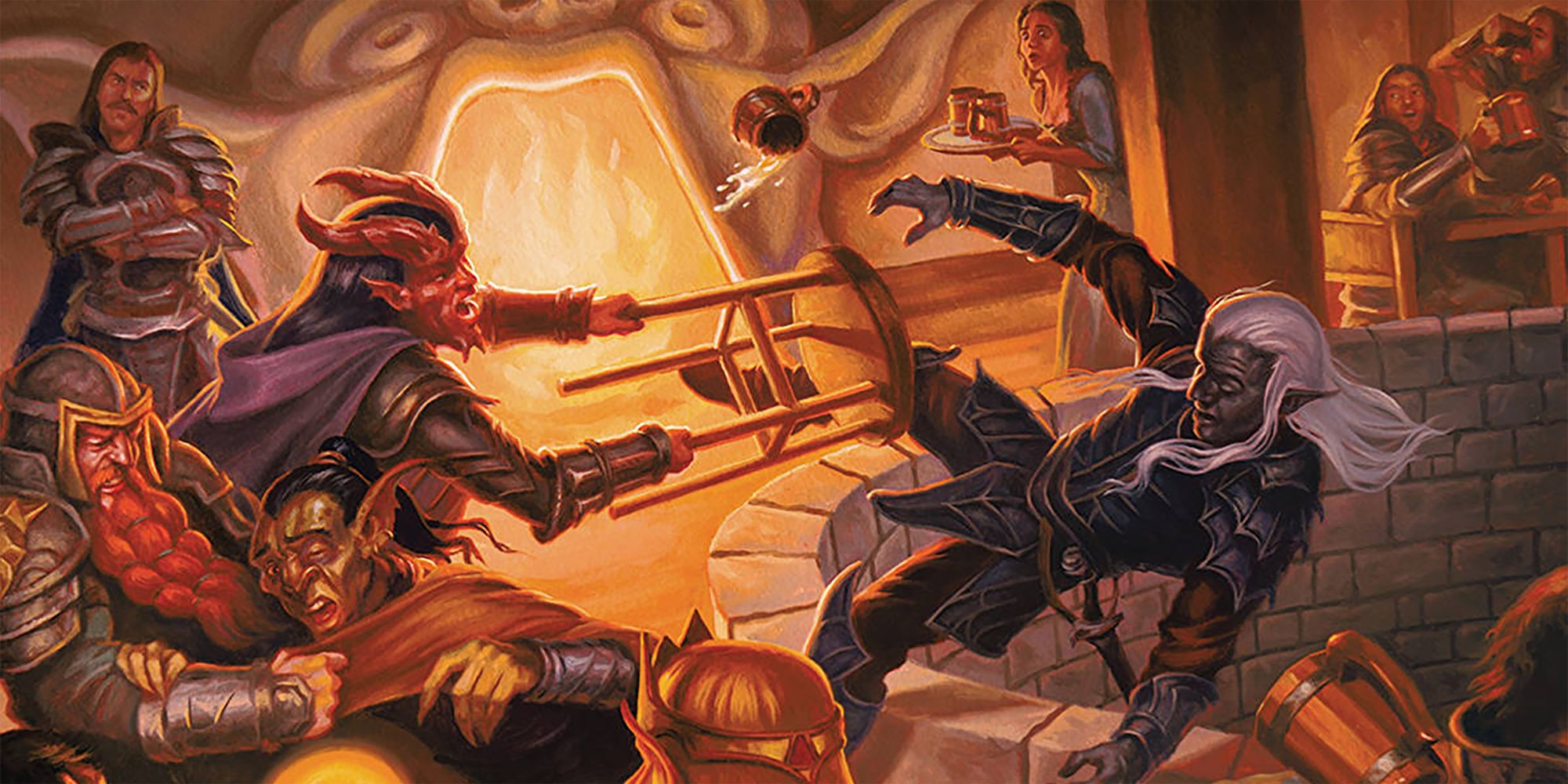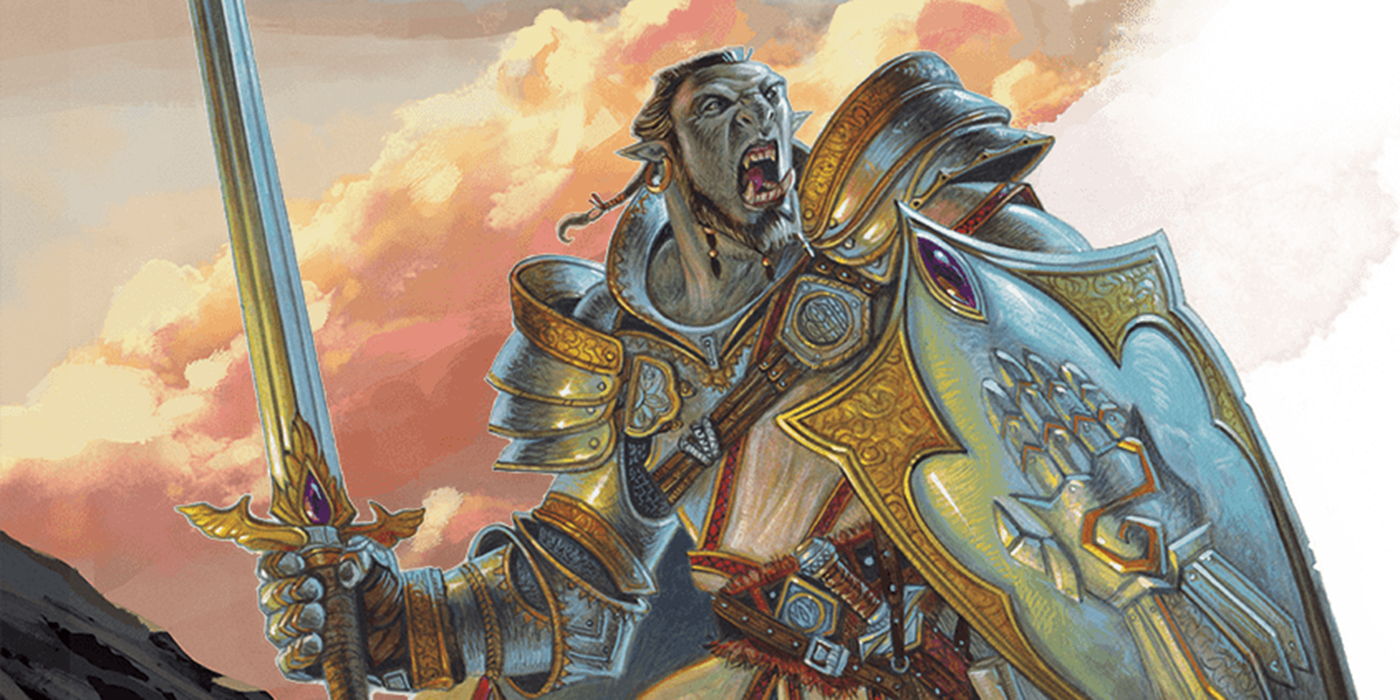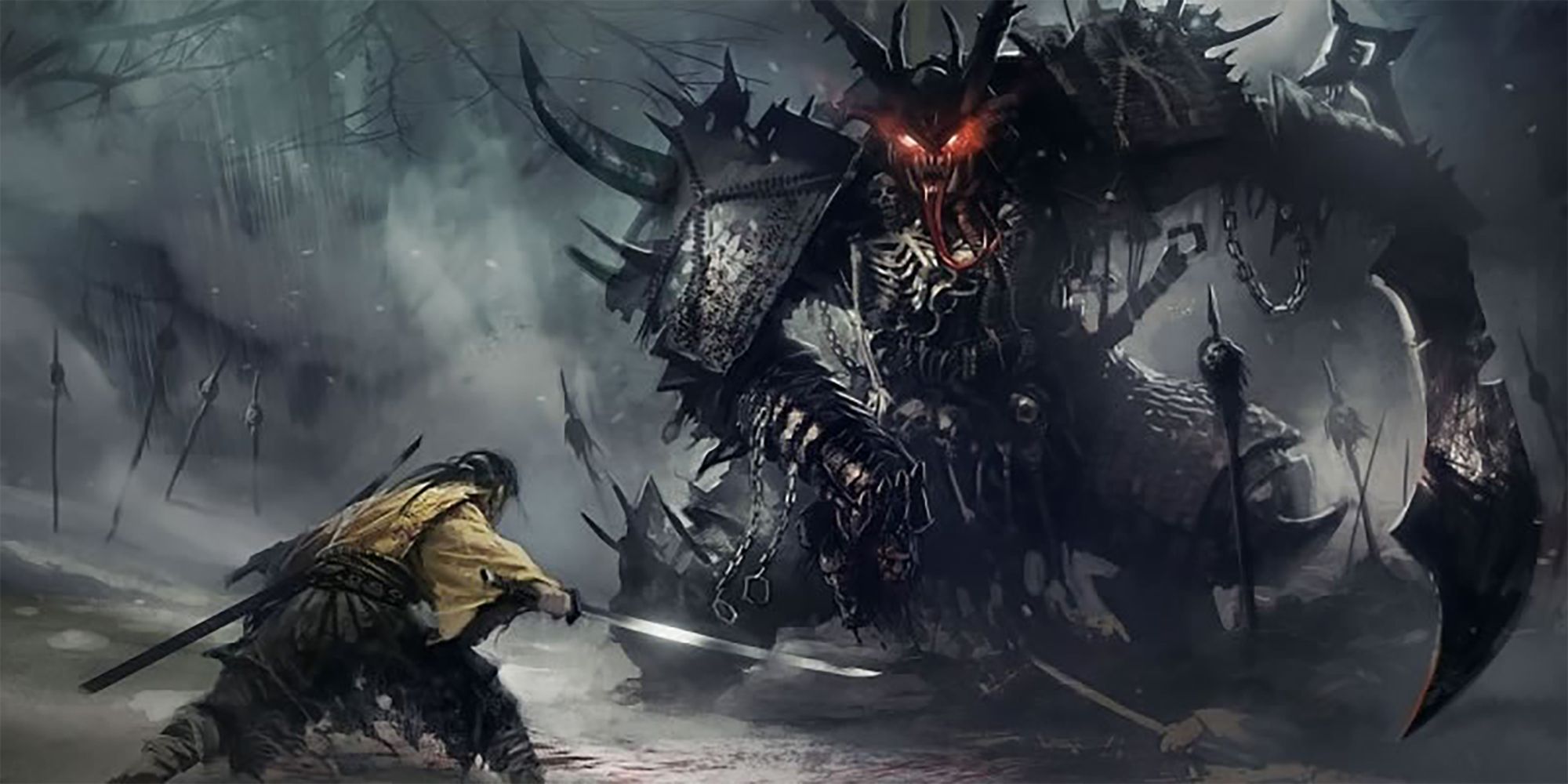
There are various aspects to Dungeons & Dragons that players enjoy, but combat may not be for everyone. When the bulk of the rules to the game apply to combat, it's no wonder that most games emphasize it. Regardless of what it is that brings a player to the table, no one likes to sit on the sidelines or barely contribute every time a fight pops up. For those who love combat, they may be looking for every advantage they can to become their party's MVP when the stakes are at their highest.
For any player, a thorough grasp of the fundamentals of the game is invaluable. Utilizing your turn as best you can requires an understanding of 5th edition's action economy, and it's one of the easiest aspects for new players to gloss over that can make or break their playstyle.

While much of Dungeons & Dragons is pretty freeform and open to interpretation, combat is the game at its most cogent and structured. Many players will not think much of that structure or how the rules define it, simply defaulting each turn to saying where they want to move and which of their attacks they want to use. Part of the beauty to the game's simplicity is that such an approach is serviceable, and players can completely get by without really understanding what they're doing. But if they want to up their game, they need to understand what it is they're doing.
Dungeons & Dragons has turn-based combat where every round breaks down into 1 turn for each character. Each turn breaks down into a defined set of possibilities that can best be understood as Movement, Interaction, Action, Bonus Action and Reaction. When a player who does not understand action economy describes what they want to do, the Dungeon Master filters their description into those options to decide what is and isn't possible to attempt, but the players who already understand their action economy know how to optimize each piece of their turn to get the most out of it.

Movement is the easiest to understand, comprising a character's movement speed and can be broken up throughout a turn, but it's also easy to undervalue. Ranged attackers should constantly be backing up or closing in on an enemy to best leverage that range, but many players just plant themselves in one spot round after round. Action is the most important step to understand as it constitutes the bulk of a player's turn, but too many newer players oversimplify it into repeating the same attack every turn. Your Action can also be used to Disengage, Dodge, Ready, Shove, Hide, or any number of options incredibly important to learn.
The other three parts of a turn are the ones players seldom take enough time learning how to best utilize because they are far more situational. Interactions are often called Free Actions, but the name can trick players into thinking that they're free they don't matter. You can't draw and sheathe your weapon an infinite number of times on a turn, and it doesn't take up your Action to shut a door. Perhaps even less understood are Bonus Actions, which can only occur when a spell or ability specifically says it uses a Bonus Action, but which new players often treat arbitrarily as if the space allows them a second Action whenever they want.

Reactions are perhaps even trickier as they don't actually occur during a player's turn. Every character gets 1 Reaction per round which, like a Bonus Action, can only occur after specific triggers like when the Ready action was prepared or during an Opportunity Attack. Because players have less control over when they can use their Reactions, they seldom plan around how to utilize them, but learning to think about how to do something -- anything -- with every piece of your turn is the key to optimizing your role in combat.
The character who does the most is often the character who does the best because they are simply participating more than the other characters. Each time your turn arrives, break it down into those 5 segments and try to contribute any way you can in all 5 areas. Specifically, seek out spells and abilities that allow for Bonus Actions or Reactions, so part of your turn isn't wasted every turn, and perhaps even better than understanding how your own turn breaks down is knowing your enemies use the same action economy. Keeping track of their Movement or number of Reactions taken allows you to exploit their limits. Once you begin viewing the game from that angle, it becomes possible to view it strategically and tactically.
Knowledge is power, and fully understanding how each piece of your turn can be used and fully utilizing those options in combat is the key to mastering it. Some of the fun in the game may be in its improvisation and creativity, but there is never more opportunity to take full advantage of the rules than when you best understand them.
0 Comments